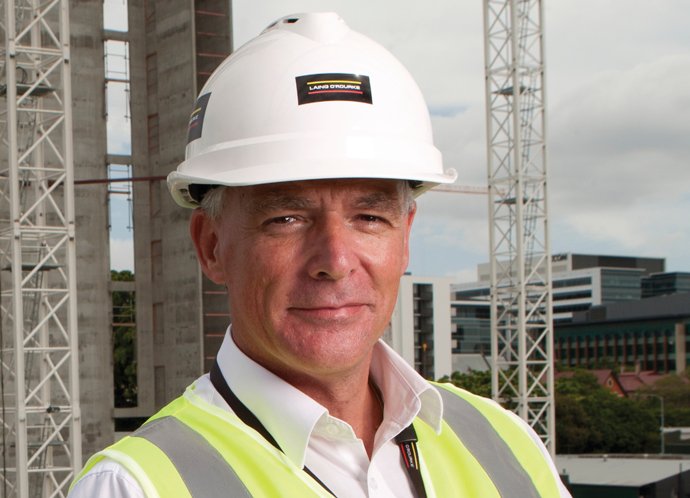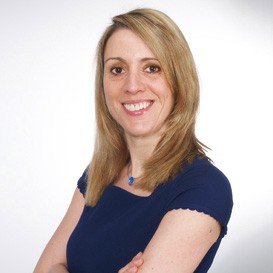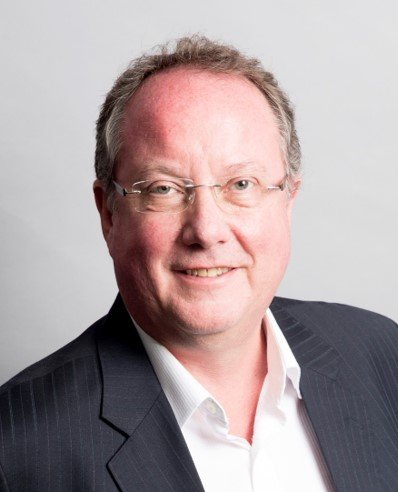Developing a strong safety culture in your organisation is not a choice, it’s an obligation – and knowing how to achieve it is vital for progress in today’s world.
Safety professionals must create an environment where employees take ownership for safety, embracing responsibility for themselves and others.
It’s not a quick journey, and there will be challenges along the way. There is no end point either – achieving cultural and behavioural change requires a dynamic approach that continually re-evaluates where you are and where you want to be as the organisation evolves.
Mindset not journey
And to that end, health and safety excellence is a mindset, rather than a journey; one that will change your company for the better.
And so, we spoke to four experts in safety and behavioural change to get their perspective on the modern approach to safety…
John Green: Turn the safety approach upside down
 John Green has developed a new way of thinking around safety culture. Working closely with renowned thought leader Sidney Dekker, John has helped to raise the profile of the disruptive concept known as ‘Safety Differently’.
John Green has developed a new way of thinking around safety culture. Working closely with renowned thought leader Sidney Dekker, John has helped to raise the profile of the disruptive concept known as ‘Safety Differently’.
He believes “…we have to counter misguided, traditional thinking”.
But this isn’t about forgetting everything that’s gone before it, as John explains: “It’s important to realise from the outset that Safety Differently is not about avoidance and discounting the past. It builds on all those successes and uses those approaches which have really worked”.
John’s belief in the need to shift the emphasis when it comes to safety measurement shines through: “…metrics still need to be used in some form, but I don’t believe that they are as valuable as they perhaps were. There is an element of being morally vacuous about focusing purely on numbers”.
And putting people first is definitely at the top of his agenda: “I believe there’s something more profound in spending time with people and listening to their challenges and their ideas”.
John then offers up his perspective on how the role of safety professionals will change in the future: “We have to move away from the command and control approach. We need to become better listeners and try to understand that deviation from delivering work safely shouldn’t be punished, but instead tackled with better understanding of the worker’s environment”.
“Humility is a vital skill and part of this process”.
Mieke Jacobs: Understand the challenges your people face
 In 1995, science and engineering company, DuPont Sustainable Solutions conceived the renowned Bradley Curve. Since then, organisations all over the world have used the model to benchmark their progress towards a strong, interdependent safety culture.
In 1995, science and engineering company, DuPont Sustainable Solutions conceived the renowned Bradley Curve. Since then, organisations all over the world have used the model to benchmark their progress towards a strong, interdependent safety culture.
Senior DuPont Consultant Mieke Jacobs reflects on why the Bradley Curve remains highly relevant to organisations today – and how to best apply its thinking to modern safety culture…
“My advice is to take a step back and think who you are. It depends on your reality as to where you need to be and whether you need to adopt the characteristics of the dependant, independent or interdependent phase. The Bradley Curve is always relevant but it isn’t a static exercise — it is a really dynamic model”, says Mieke who supports companies across the globe around safety culture, risk awareness and risk culture.
For Mieke, safety success comes when “Your people will change when they understand why, when they understand how, and when they see leaders role modelling it”.
But practical support is key too: “Something also needs to change in the actual environment, otherwise motivation will dip. Companies need to understand the challenges front line employees face in reality, and remove unnecessary obstacles to them doing their jobs”.
John Sylvester: Inspire engagement and make change happen
 With over 30 years experience in marketing, sales and HR, it’s fair to say John Sylvester knows a thing or two about motivating positive change. But how about in the world of safety?
With over 30 years experience in marketing, sales and HR, it’s fair to say John Sylvester knows a thing or two about motivating positive change. But how about in the world of safety?
How can we transform attitudes and drive a proactive culture?
“The engine room of our service economy is people, not machinery, which means we need to take a more sophisticated approach if we want to achieve real and sustainable change,” says the Chairman of Sodexo UK Benefits and Rewards Services.
John suggests that “The main barrier [to behavioural change] is cultural mindset. It’s about attitudes towards health and safety. Changing attitudes can take time but the impact of doing this is long lasting and sustainable”.
He then uses the hard-hitting government drink-driving campaign (which saw fatalities fall by 86% over three decades) to demonstrate how the right communication, distributed in the right way can change the way people think and, more importantly, behave.
Why was it so successful?
Because “it harnessed emotional engagement”.
As John says, “Ultimately safety is all about people. Understanding how people tick and understanding not just the logical, but also the emotional side of work”.
We need to connect with our people in a different way – on a human level.
And this is something John has spent his professional life mastering.
Alastair Davey: Change the way you communicate safety
 “It’s good for safety professionals to take some risks and try different things. The traditional way of doing things doesn’t have the same impact anymore”.
“It’s good for safety professionals to take some risks and try different things. The traditional way of doing things doesn’t have the same impact anymore”.
Alastair Davey, Global VP Health, Safety and Environment at Sodexo, believes that old school approaches to safety are somewhat defunct, “The tools and tactics used at the moment are often quite blunt. There is a need to break that mould a little bit and be a bit more adventurous in terms of how we communicate safety”.
And it’s this ethos that’s shaping the way Sodexo are looking at safety practice and the culture of thought that grows from it…
“Most of what we do as humans is habitual, and so understanding those habits and learning how to change our ‘auto-pilot’ routines can open up the possibility of profound change.”
Alastair shares the ‘three checks for safety’ initiative that Sodexo have been working on recently. It requires workers to ask themselves three simple questions:
- Do I know how to do the job?
- Do I have the right tools and equipment?
- Is my environment safe?
“These are simple mental checks that we encourage all of our teams to make before, during and after every task and activity”, he says. “For me it’s all about organisational psychology — making the effort to understand how you influence people’s habits in a positive way so they want to be safe in what they do and keep others safe while they’re at it”.
Read the full interview here
Create a culture of continuous improvement
This isn’t a box ticking exercise, one you can complete and scrub off your to-do list.
On the contrary, fostering a ‘Zero Accident’ mindset requires a deep understanding of what great safety means, the ability to move your focus from numbers to humans, to engage and influence your people, and develop clear focus on creating a culture of continuous improvement.
Get more safety culture insights and learn how to spark real, long term change across your business.
Advance your career in health and safety
Browse hundreds of jobs in health and safety, brought to you by SHP4Jobs, and take your next steps as a consultant, health and safety officer, environmental advisor, health and wellbeing manager and more.
Or, if you’re a recruiter, post jobs and use our database to discover the most qualified candidates.




